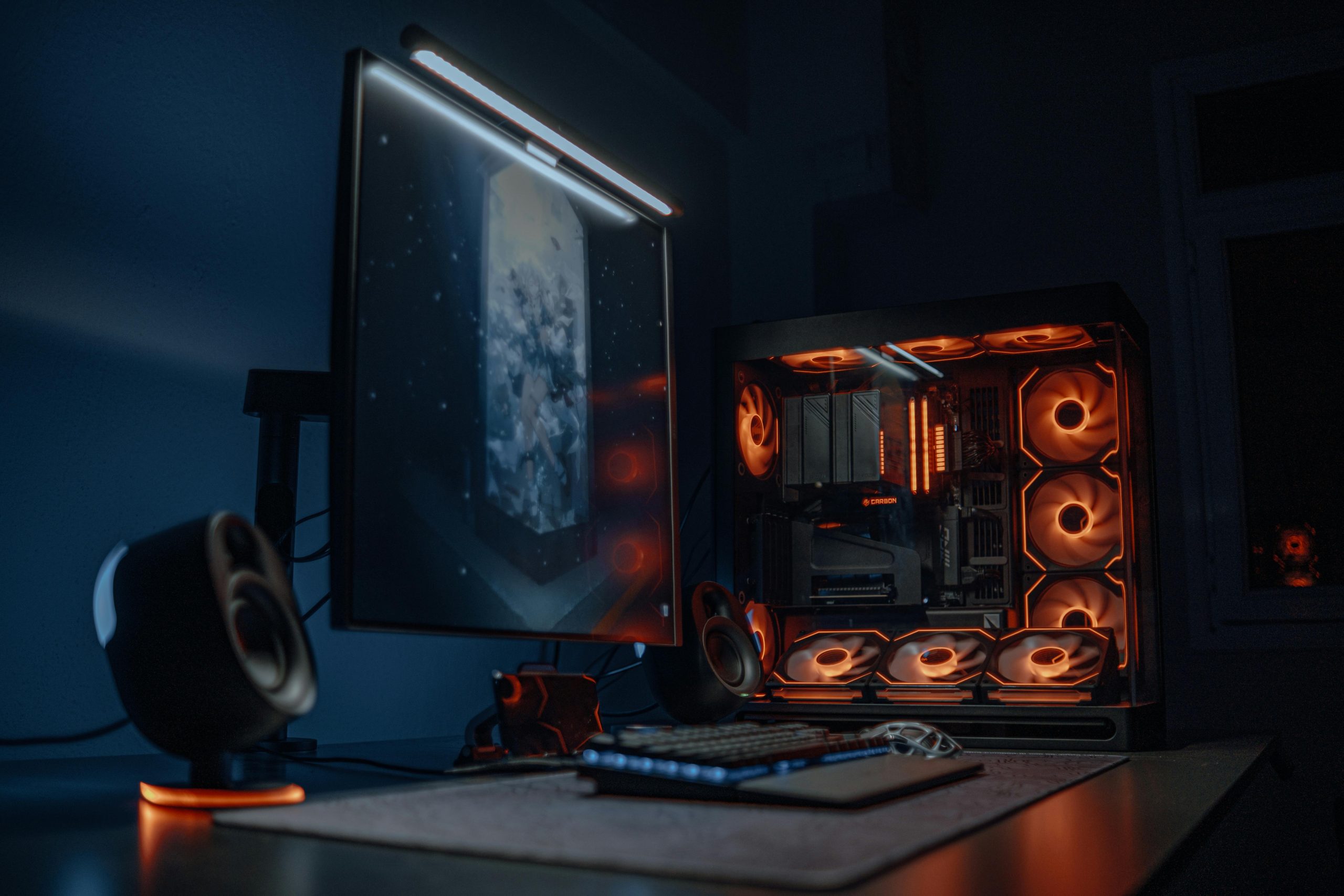Optimizing Dual Monitor Setup for Gaming and Media Consumption: A Guide for Enthusiasts
For PC enthusiasts and gamers alike, configuring a dual monitor setup that balances gaming performance with smooth media playback can present unique challenges. Many users aim to leverage dedicated graphics cards (GPU) for demanding applications like gaming while utilizing integrated graphics (iGPU) for less intensive tasks such as YouTube streaming. If you’ve encountered difficulties achieving this optimal configuration, you’re not alone. This article explores common issues and practical solutions to help you set up your system efficiently.
Understanding Your Hardware Configuration
Let’s consider a representative setup:
- CPU: Intel Core i7-14700K
- GPU: NVIDIA GeForce RTX 3080
- Memory: 32GB DDR5 RAM
- Monitors:
- Monitor 1: 1080p at 60Hz (connected to GPU)
- Monitor 2: 1440p at 144Hz (connected via motherboard’s HDMI port, utilizing iGPU)
The primary goal is to assign the dedicated GPU to gaming while letting the integrated graphics handle media playback, specifically YouTube videos, without causing video stuttering or performance drops during gameplay.
Common Challenges and Troubleshooting Steps
- BIOS Settings and iGPU Enablement
First, verify that integrated graphics are enabled in the BIOS. Most modern motherboards have this enabled by default, but it’s advisable to double-check:
- Enter BIOS during system startup (usually by pressing Del or F2).
- Locate integrated graphics or IGD/IGPU settings.
- Ensure iGPU is set to “Enabled” or “Auto.”
-
Save and exit BIOS.
-
Proper Monitor Connection and Display Configuration
When using multiple graphics outputs:
- Connect your primary monitor (gaming display) to the GPU’s DisplayPort or HDMI.
- Connect secondary monitor (media/display) to motherboard’s HDMI or DisplayPort, utilizing the iGPU.
In Windows:
- Right-click on the desktop → Display Settings.
- Confirm both monitors are detected.
-
Assign the primary display to the monitor connected to the GPU.
-
Windows Graphics Settings and GPU Assignment
Windows 10/11 provides options to assign preferred GPUs for specific applications:
- Settings → System → Display → Graphics
- Find your application (e.g., Battlefield 2042, Opera GX) in the list or browse to add it.
- Set “Graphics preference” to “High Performance” for your game, which should prioritize the dedicated GPU.
- For
Share this content:



